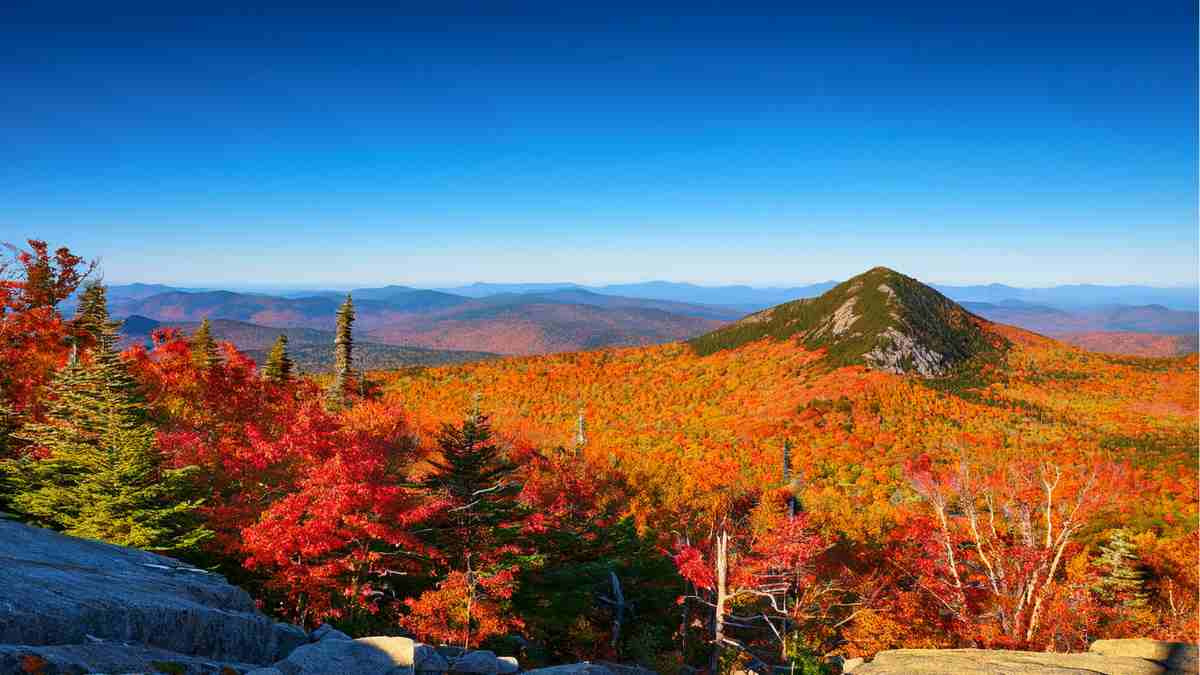Stewart Peak, located in the charming town of Warner, New Hampshire, may not be as famous as nearby Mt. Kearsarge, but it has its own unique story. This hidden gem is cherished by locals and history lovers alike. In this article, we’ll explore the rich history of Stewart Peak, its importance to the community, and why it remains a beloved part of Warner’s landscape.
A Glimpse into Stewart Peak’s Name
Stewart Peak is named after the Stewart family, early settlers who significantly influenced Warner’s growth in the 18th century. Like many pioneers in New Hampshire, the Stewarts were looking for fertile land and new opportunities. They established their homestead near the peak, and over time, the mountain became known in their honor.
Warner was settled in 1735 and officially became a town in 1774. During these years, families like the Stewarts played vital roles in shaping the local economy and community life. The land around Stewart Peak was primarily used for farming and timber, which were crucial for Warner’s development.
Stewart Peak’s Role in Warner’s Agriculture
By the early 1800s, Warner was primarily an agricultural community, with farming at its heart. The area around Stewart Peak was no different. Farmers relied on the mountain’s forests for timber, firewood, and land for cultivation.
The rich natural resources around Stewart Peak were essential for the local economy. As Warner expanded, so did its reliance on the land. Stewart Peak’s close proximity to Warner Village made it an important asset for the town’s agricultural growth.
Stewart Peak During Warner’s Industrial Era
As the 19th century progressed, Warner began to industrialize. Small mills powered by the Warner River sprang up, producing goods like wool and lumber. Stewart Peak’s forests continued to provide timber for these mills.
Local logging became vital to the economy, and the forests of Stewart Peak were harvested to meet the demands of the town and nearby areas. However, as industry grew, so did the need to protect and preserve natural landmarks like Stewart Peak.
Stewart Peak’s Cultural Importance
For many, Stewart Peak is more than just a mountain; it represents Warner’s cultural identity. The peak serves as a popular spot for hiking, gatherings, and outdoor activities, allowing residents to connect with nature. Events like the Warner Fall Foliage Festival highlight the area’s natural beauty, and Stewart Peak is often admired by festival-goers.
Though not as frequently hiked as Mt. Kearsarge, Stewart Peak offers trails that showcase breathtaking views of Warner and beyond. It remains a peaceful retreat for locals who appreciate its less-trafficked paths and historical significance.
Protecting the Legacy of Stewart Peak
Today, Stewart Peak stands as a reminder of Warner’s history and offers a glimpse into the town’s future. Efforts are underway to preserve the natural beauty of the peak, ensuring it remains a tranquil spot for future generations. Conservation groups and local historians are actively working to maintain trails and protect the surrounding environment.
Residents of Warner take pride in their town’s heritage, and Stewart Peak is an integral part of that legacy. Whether you’re a hiker, a history lover, or someone who enjoys New Hampshire’s stunning landscapes, Stewart Peak symbolizes the deep connection between the land and its people.
Conclusion: The Lasting Importance of Stewart Peak
The history of Stewart Peak is closely tied to Warner, NH. From its early days as part of a pioneer settlement to its role in the town’s agricultural and industrial evolution, Stewart Peak has been a quiet yet steadfast presence in the area. As Warner continues to grow, Stewart Peak remains a symbol of the rich history and natural beauty that define the town.
Whether hiking its trails or admiring its beauty from afar, Stewart Peak offers a unique look into the past—a past that is as enduring as the mountain itself.
Frequently Asked Questions (FAQs)
- Why is Stewart Peak named that way?
Stewart Peak is named after the Stewart family, early settlers in Warner, NH, who lived near the peak. - What is Stewart Peak’s historical significance?
Stewart Peak played a key role in Warner’s early agricultural and industrial economy by providing timber and land for farming. - Can I hike Stewart Peak?
Yes! Stewart Peak has trails open for hikers and is a quieter option compared to Mt. Kearsarge. - What does Stewart Peak have to do with the Fall Foliage Festival?
Stewart Peak is part of the beautiful scenery enjoyed during Warner’s Fall Foliage Festival, attracting visitors who admire its views. - Are there conservation efforts for Stewart Peak?
Yes, local groups work to maintain trails and protect the natural environment around Stewart Peak. - How does Stewart Peak relate to Warner’s culture?
Stewart Peak symbolizes Warner’s heritage, connecting the town to its agricultural past while providing a space for community events and outdoor recreation.
Jared Oliver Net Worth, Age 32, Biography, and Career Highlights
